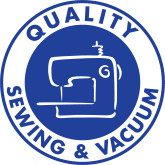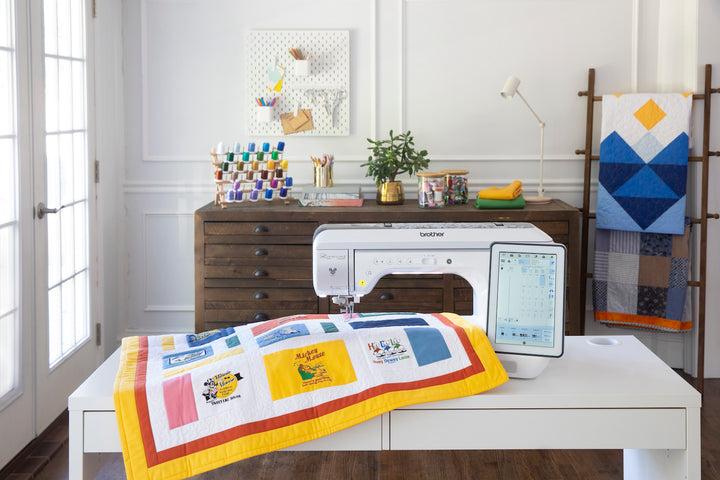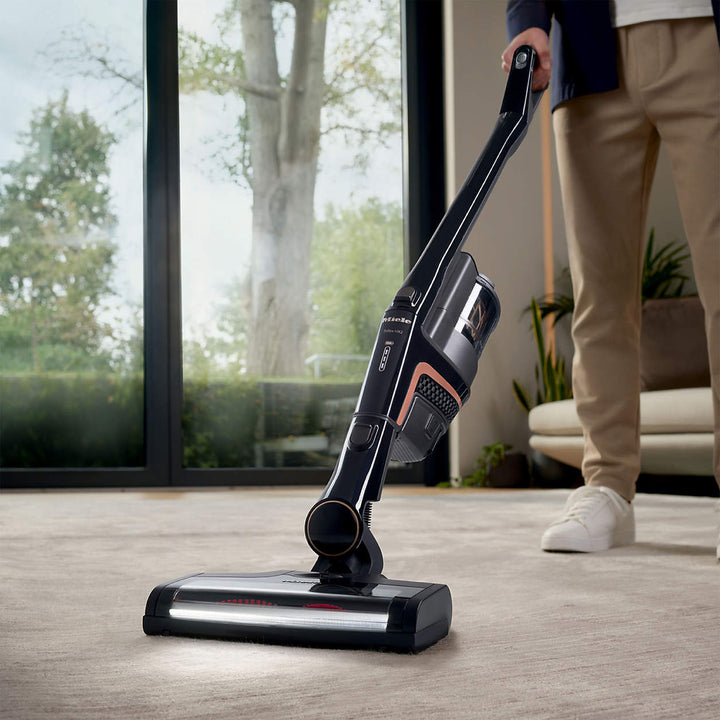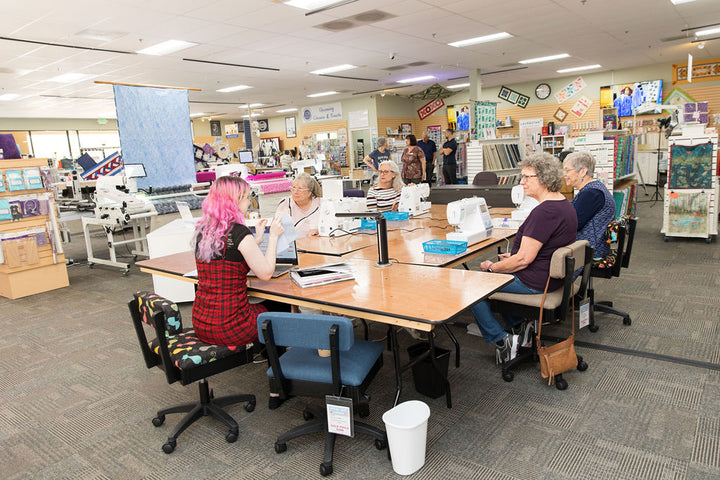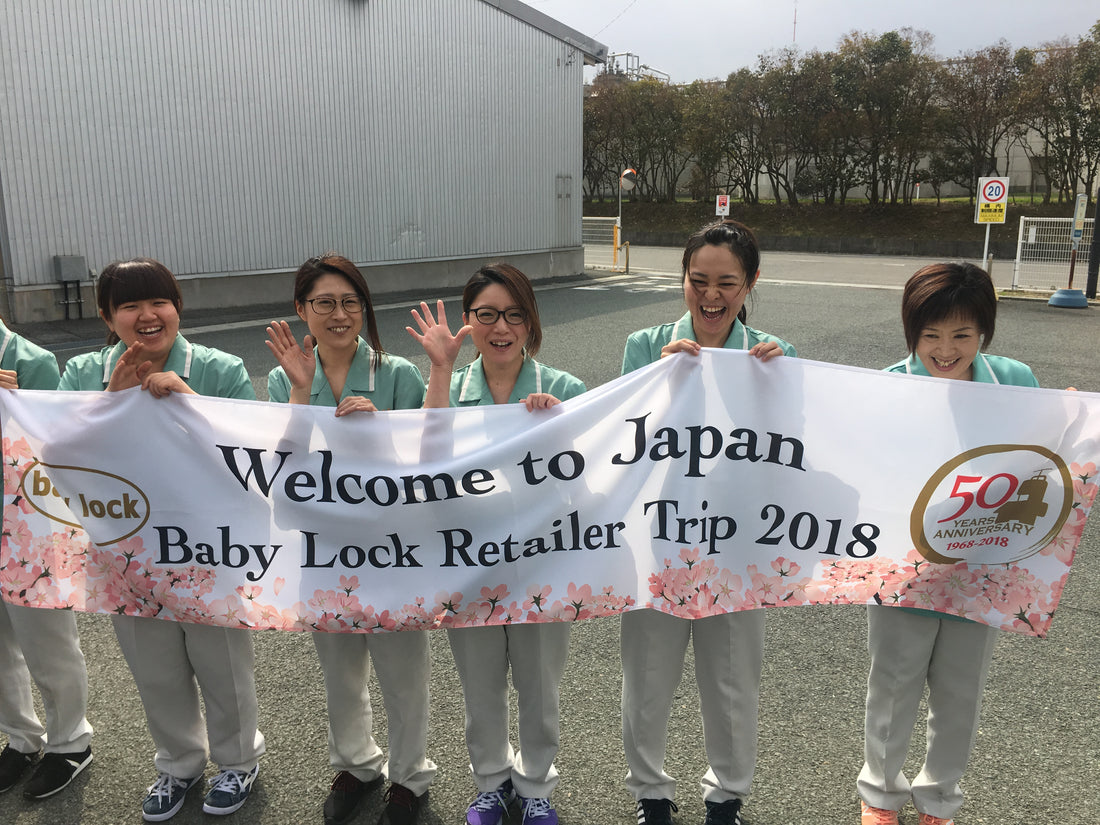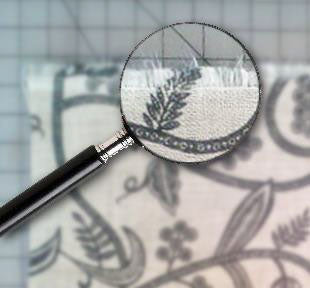Have you ever wondered what it took to build the amazing Baby Lock sergers? Who are the people who invented the home serger in 1965 and have brought us countless improvements and innovations over the past 50 years? My wife and I recently visited the Baby Lock factory in Yamagata, Japan. We enjoyed a hero’s reception and spent a full day touring the factory and visiting with the dedicated group of folks who design and build the world’s finest sergers.
When we arrived the entire factory team greeted our bus to welcome our small group of US dealers and senior management from Baby Lock USA. While we had a language barrier, is was easy to understand their genuine enthusiasm for our visit and their pride in sharing their efficient and inviting factory.
My first impression was how spotless we found the entire building. From the upstairs offices to the factory floor, everything is organized, every work area is tidy and all the floors are spotless. We spent the morning visiting each work area. Unlike many factories that simply assemble components manufactured elsewhere, Baby Lock makes most of the critical components on site. Even the aluminum serger chassis are cast on site. We followed the process of assembly from a bare aluminum chassis to a complete finely tuned Triumph Serger.
As we watched, it was easy to see how careful and precise each technician completed their work. The sergers are built on short assembly lines. The technicians assemble and adjust a whole series of components at each station. After the machine is completely assembled and fine tuned, they go to the sew test station. The ladies at these stations thread the sergers with different colored thread to fine tune and inspect the thread tension. They spend an average of 20 minutes on each machine test sewing over 30 types of seams. As you can see in the picture, once she thinks it’s set correctly, she uses a magnifier for a closer inspection. After she is happy with the stitch, she then rethreads and sews with the white thread that you see when you unpack your new serger.
At midday, as our hosts served us a lovely Japanese lunch in the staff lunch room, we learned more about Babylock’s history. The factory is owned by the Suzuki family of Yamagata. The current president, Mr. Shigeyuki Suzuki is the son of the founder. His father Mr. Shigeo Suzuki working with Mr. Koichi Sakuma invented the modern home serger in 1965. By 1968 they were exporting their sergers to the United States. Mr. Suzuki’s son is presently attending college in Missouri and is planning to follow his father and grandfather and one day run the factory. Mr. Sakuma’s son Toru is the chief engineer at Suzuki Machinery today.
After lunch we returned to the factory floor and visited the looper finishing area where the loopers go thru a 27 step polishing process. They hand buff the eye of each and every looper installed in every Baby Lock serger. (Remember all models have either two or three loopers.) The workers use string infused with a special polishing agent and buff each eyelet for several minutes to achieve the perfect opening that will never fray or break thread.
I got a chance to buff a new looper and found out it’s much harder than it looks. I kept breaking the string! Don’t worry that my looper will end up in your machine, they sent it home with me as a souvenir! I also tried my hand at adjusting the upper looper on a new Enlighten Serger using the zoom screen. This screen makes it easy to set that looper exactly right and insures that each machine is set perfectly as its assembled.
We also visited the Sashiko assembly pod. We watched as a highly skilled worker assembled a complete sashiko machine in the course of a few minutes. She carefully mounted each of the components (pre assembled in another section of the factory) on the aluminum chassis and sent it on the one of two sew test technicians. The machine is literally hand built and then carefully fine tuned and sew tested. The assembly technician produces two machines in the time it takes each sew test technician to fine tune and certify one Sashiko machine.
As our day at the factory came to an end, the amazing staff came out to front door to bid farewell. They gave us a round of applause as we boarded our bus and we did the same for them.
Happy Sewing!
~Paul LaPonte
